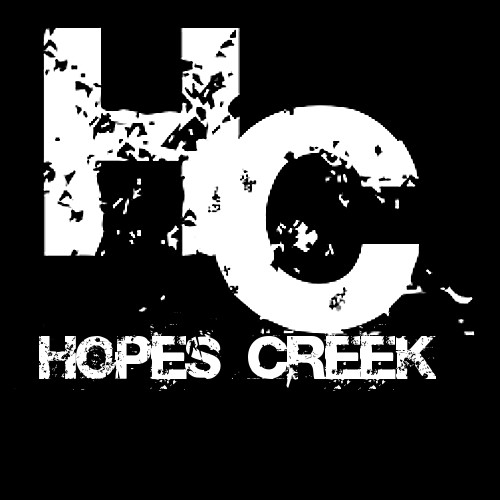Customer Discovery
Customer Discovery is a methodology for determining product/market fit in the early days of conception. It is a part of Steve Blank’s curriculum at Stanford and is actively used and taught in the National Science Foundation’s I-Corps program, where I learned it. I first employed it when employed by a university and participating in the NSF program.
The concept involves contacting one hundred customers, end-users, experts, and other influential people involved in the market acceptance of your new idea for a product or service. When participating in the national agency’s program, those contacts were mostly eager to meet and help.
I won’t go into the steps, except to say that I am a firm believer in the methodology and highly recommend employing it. It will help you know whether to proceed, pivot, or stop based on a technique of obtaining unbiassed answers to questions in a short interview.
Since the first time I employed it, I’ve used the same methodology in two startup companies, independent of the national agency program. What a difference. Now, approaching potential interviewees as a for-profit company without the agency or academics, the reception is far more chilly. As a result, one must contact a lot more potential interviewees to reach any kind of statistically meaningful results.
But, how can one do that, if you are just one or two persons in a startup company? Here is my suggestion:
1. Search for articles on the subject area your product or service addresses. As you browse the articles, search quickly for a quote. Look to see if it is from someone who fits your criteria for a potential interviewee.
2. Search committees for professional organizations and standards organizations that address the subject area. These are people who are already volunteering for the betterment of the area.
3. Create a list of companies and organizations, along with the names you have found.
4. Find their email addresses. This is getting harder and harder as time advances. I use a service that is linked to my LinkedIn account. First, I try contacting the person through LinkedIn. But, seriously, I find very few people actually use LinkedIn to communicate. So, I use GetEmail.io. They have free and paid accounts for looking up emails and using an AI program to verify the emails are correct. More often than not they are correct. I recommend this app. It will link to your LinkedIn account and be present on the side-bar ready to use.
Try GetEmail
It is an app that sits comfortably in your LinkedIn webpage for easy access and uses AI to ensure good email addresses are found.
5. When you contact a person, personalize the email with information you learned from LinkedIn, committee minutes or articles. Always remember, it requires between 6 and 12 contacts to get one response back from a person, so keep track of how many times you contact them and personalize each and every contact. They may be a mix of email, phone, and InMail.
Expect that it will be harder than if you worked at a university and were participating in a government agency program; about five times harder. Don’t be discouraged, be prepared. And, be persistent.

